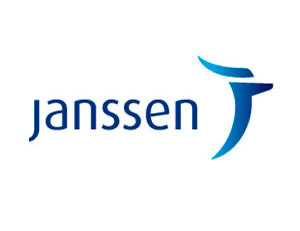5 strategies for overcoming challenges to CAR-T cells in solid tumours with CAR-T cells
It’s time to talk about tackling solid tumours with CAR-T cell therapies. In the past, this has been a challenging area with few or modest responses seen in people with advanced cancers.
 As researchers go back to basics and think about both improving on the CAR construct design as well as fine tuning of the various elements, I am pleased to say things are finally looking a bit more upbeat on both sides of the pond.
As researchers go back to basics and think about both improving on the CAR construct design as well as fine tuning of the various elements, I am pleased to say things are finally looking a bit more upbeat on both sides of the pond.
Here we describe five very different strategies research groups are taking with a variety of different solid tumour targets and cancer types.
Some of these examples are already being evaluated in early stage studies in the clinic, while others have gone through their paces in terms of optimising performance and are about to head in this direction…
BSB subscribers can read our latest commentary – you can either log-in or click to access.
This content is restricted to subscribers


 One of the big challenges with cancer research is sorting out the wheat from the chaff in terms of viable targets.
One of the big challenges with cancer research is sorting out the wheat from the chaff in terms of viable targets.

 As part of our latest mini-series focusing on multiple myeloma, yesterday we looked at the
As part of our latest mini-series focusing on multiple myeloma, yesterday we looked at the  For me, in the modern world the catchy phrase has always been about the transfer or shuttle day between different cities for cancer conferences – sometimes ASCO and EHA have been back to back, for example, while Tuesday is always the frantic shuttle day between ASH and SABCS for many. At least this year with the virtual events there won’t be unexpected delays due to an ice storm in Dallas or some other vagary of inclement weather causing chaos!
For me, in the modern world the catchy phrase has always been about the transfer or shuttle day between different cities for cancer conferences – sometimes ASCO and EHA have been back to back, for example, while Tuesday is always the frantic shuttle day between ASH and SABCS for many. At least this year with the virtual events there won’t be unexpected delays due to an ice storm in Dallas or some other vagary of inclement weather causing chaos!